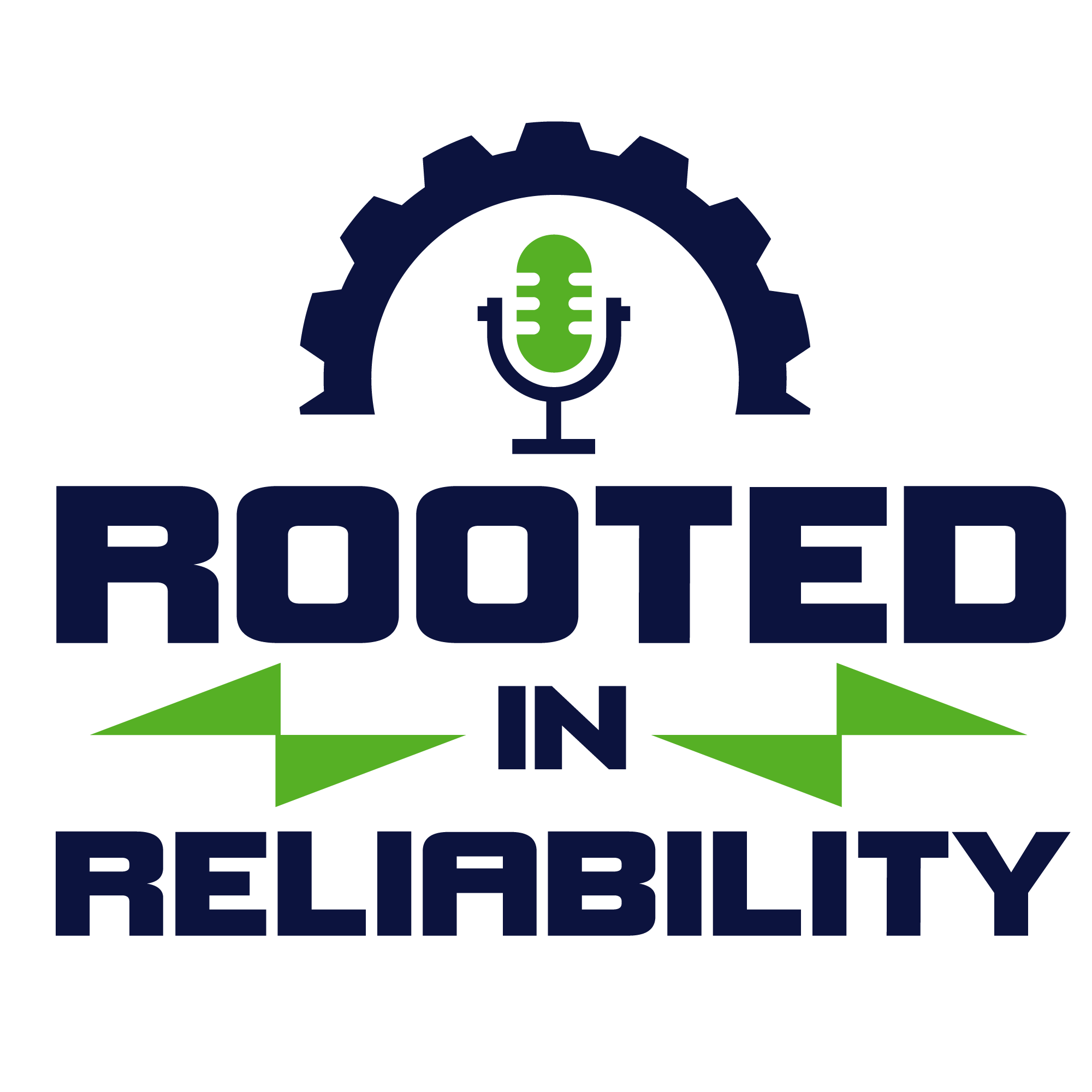The 4 Pitfalls of OEM Recommendations
This episode of the weekly podcast covers the 4 Pitfalls of OEM Recommendations. The original equipment manufacturers provide a manual in which all the general instructions are provided in the form of an operating manual. These can be helpful when someone is using the equipment for the first time but when the same apparatus has to be used in reputed organizations with a set-up of their own, this manual is not enough. It is developed keeping in mind the general behavior of instruments and common environmental condition of workshops and laboratories. Most of the times, manufacturers put together these recommendations considering the worst that can go wrong to cover their warranty policies. That is why the organizations cannot rely only on this operating manual.
There are 4 major pitfalls of following these OEM recommendations which are,
- The operating context is not taken into account while designing the operating manual as they have no idea what kind of human and physical resources, an organization has.
- The OEM make quite a bit of money off the spare parts so they may not provide you the complete strategical information about their critical usage as they will benefit from it later on not because they are trying to mislead buyers but to cover all the possible issues that can arise for them in future.
- Typically the OEM recommendations are not based on failure data because they do not use a tested environment for this purpose as the varying day to day conditions can be a big problem sometimes for the scope and other thresholds of the equipment usage.
- You don t know how that maintenance strategy was built unless you can find some way to get related information from them which allows you to make changes according to your own specific requirements.
So, planning the performance and maintenance process solely on the basis of OEM instructions is not good enough in bigger organizations. Therefore, some precautionary measures are needed to make sure that the results are perfectly achieved as needed. The first thing that can be done to reduce these pitfalls is to get information about the testing and maintenance strategies that the manufacturers used while covering their basis. This information can help in avoiding most of the failures during field operations or will help you to review these techniques and make necessary additions to the already used strategy by the OEMs. If this cannot be accomplished then the organization needs to conduct their own analysis using tested strategies like Reliability Centered Maintenance Analysis or Failure Mode and Effects Analysis for quality assurance keeping in account the warranty policy standards or not. This can also depend on whether enough resources are available for such preventative maintenance based evaluation? In the end, the best business relationship is the one in which OEMs and the industrial organizations corporate with each other to get mutual benefits.
You that you can always find out more on developing a maintenance strategy at www.HPReliability.com and by following our blog. The Rooted In Reliability podcast is a proud member of the reliability.fm network.
Let us know what you think of the podcast, your suggestions for topics or to ask any questions about this topic. Email us at [email protected]
References:
For a free consultation on how Eruditio, LLC can improve your plant performance, contact [email protected]
Please Rate & Review this podcast on iTunes or Stitcher. It ensures the podcast stays relevant and is easy to find by likeminded professionals. It is only with your ratings and reviews that the Rooted In Reliability podcast can continue to grow. Thank you for providing the small but critical support for the Rooted In Reliability podcast.
The post 09 The 4 Pitfalls of OEM Recommendations appeared first on Accendo Reliability.

